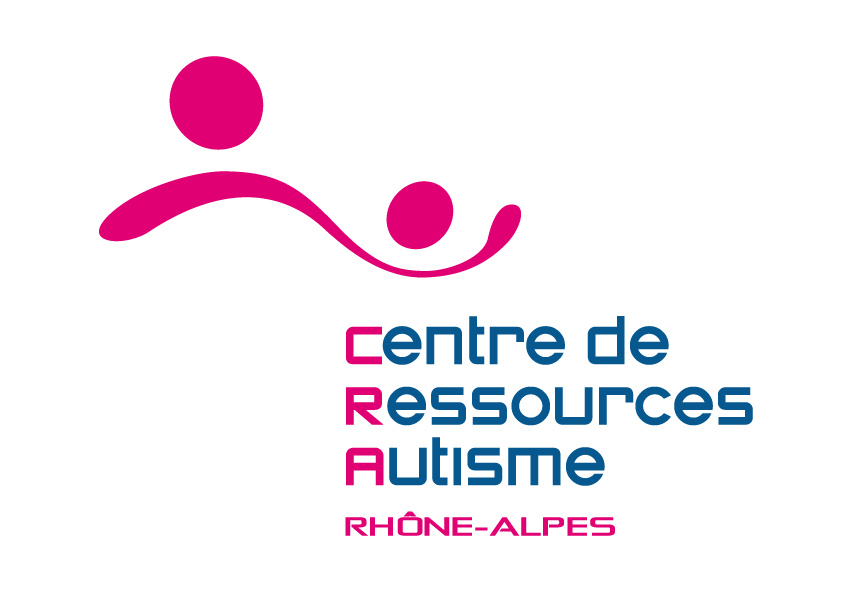Pubmed du 11/04/25
1. Aldakhil AF, Shaik RA. Misophonia in autism: A systematic review of prevalence, clinical features, and comorbidities. Res Dev Disabil. 2025; 161: 105005.
BACKGROUND: Misophonia, characterized by intense emotional reactions to specific sounds, is increasingly studied in autism spectrum disorder (ASD) and related mental health conditions such as obsessive-compulsive disorder (OCD), anxiety, and depression. Autistic individuals often have sensory sensitivities, which may predispose them to misophonia. However, the relationship between misophonia, sensory sensitivities, and psychiatric comorbidities in autism remains underexplored. AIMS: This systematic review examines the prevalence, clinical characteristics, comorbidities, and treatment outcomes of misophonia in autistic individuals and related conditions. It also explores the neurobiological links between misophonia and sensory sensitivities and their impact on quality of life, aiming to inform diagnostic and intervention strategies. METHODS: A systematic search was conducted across seven databases following PRISMA guidelines. Studies assessing misophonia in autism, using established diagnostic criteria, were included. The risk of bias was evaluated using ROBINS-I, AXIS, Venice criteria, and JBI tools. RESULTS: Fourteen studies (n = 89,889 participants) met inclusion criteria. Misophonia prevalence in autism ranged from 12.8 % to 35.5 %, with 79 % of autistic individuals with misophonia also experiencing psychiatric comorbidities such as anxiety, OCD, and depression. Clinical characteristics included intense emotional reactions to specific sound triggers (e.g., eating, breathing) and significant disruptions in daily functioning. Sensory sensitivities were reported in 21.4 % of cases, highlighting the overlap between misophonia and broader sensory processing challenges in autism. There were only two intervention studies: one demonstrating the efficacy of risperidone in reducing misophonia severity, and another suggesting cognitive-behavioral therapy (CBT) and tinnitus retraining therapy (TRT) as potential management strategies. Quality assessment revealed varying levels of bias, particularly in observational studies, which often lacked robust randomization and blinding. CONCLUSION: Misophonia is prevalent in autism and frequently co-occurs with psychiatric conditions and sensory hypersensitivities. Standardized diagnostic tools and tailored interventions are needed to improve clinical outcomes. Future research should explore longitudinal trajectories, genetic and environmental influences, and effective management strategies to address the complex interplay between misophonia, sensory sensitivities, and autism.
Lien vers le texte intégral (Open Access ou abonnement)
2. Cleary M, Keeley J, Richardson C, Heussler H, Wilson A, Walsh J, Downs J. The perspectives of autistic adolescents and their parents on sleep strategies for insomnia. Sleep Med. 2025; 131: 106507.
BACKGROUND: Autistic adolescents are vulnerable to sleep difficulties, with up to 80 % experiencing sleep problems, most commonly insomnia. Little is known about how autistic adolescents are involved in their own sleep treatment, and their depth of knowledge about their sleep difficulties. The aims of this study were to investigate autistic adolescent and parent perspectives of experiencing and managing insomnia, and what factors influence the development of these perspectives on insomnia and treatment. METHOD: Semi-structured interviews were conducted with 11 autistic adolescents with insomnia (45 % female, mean age 11.6 years) and 16 parents of an autistic adolescent with insomnia (94 % female, mean age 45.1 years). A qualitative content analytic approach was used to identify categories in the data. RESULTS: Adolescents often perceived themselves to sleep well, despite reporting symptoms and functional outcomes of insomnia. Insomnia was managed through a range of intentional routine activities involving sounds, stimulus reduction, and regular bedtimes. Parents generally sought their own information about sleep, while adolescents obtained most of their knowledge from their parents. DISCUSSION: Findings from this study highlight a range of techniques that autistic adolescents and their parents use to address sleep difficulties. Findings suggest the need for increased professional awareness of sleep problems in autistic adolescents and further recommendations to parents for available sleep services.
Lien vers le texte intégral (Open Access ou abonnement)
3. Nieto C, Campos R, Verde-Cagiao M. Trajectories of Copy Behaviors in Infants With Elevated and Typical Likelihood for Autism: Functions and Correlations With Language. Infancy. 2025; 30(2): e70018.
This study examined the trajectories of copy behaviors during the first year of life in a group of infants at elevated likelihood for autism (EL) and a group with a typical likelihood for developing autism (TL). It also explored the function of these behaviors in interaction situations, and the correlations between imitated behaviors and language. To this end, a task was designed to elicit mimetic and imitative behaviors, the Traberitea Infant Mimicry and Imitation Task. The results revealed distinct trajectories for mimetic and imitated behaviors, with no significant differences between the two groups. The most prevalent function observed in both groups was the instrumental function; however, an interaction effect was observed in the social function. At 12 months, the mean frequency of the social function was lower in the EL group than in the TL group, though with a small effect size. There were primarily correlations with expressive language in the EL group for both imitation with social function and with instrumental function. These findings are discussed from a perspective that looks toward protective factors and resilience (Elsabbagh 2020), and future implications are suggested regarding the implementation of preemptive enrichment programs for development.

